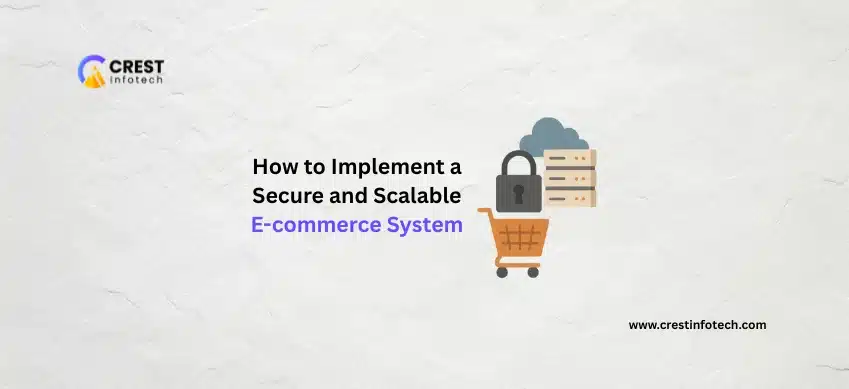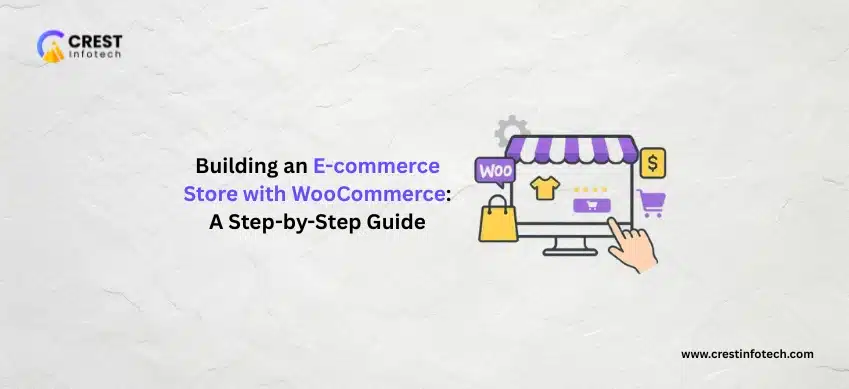Building a successful e-commerce system goes beyond adding products to a website. To truly thrive, your platform must be secure, scalable, and robust enough to handle traffic spikes, data privacy requirements, and long-term growth.
In this guide, we’ll break down the core pillars of creating an e-commerce infrastructure that is both secure and built for scale — without sacrificing performance or customer trust.
1. Choose the Right Technology Stack
Scalability starts with your tech foundation. Depending on your needs, you can choose from:
- Hosted platforms: Shopify, BigCommerce (easy to set up, less control)
- Open-source platforms: WooCommerce, Magento, PrestaShop (more customizable, requires hosting)
- Headless commerce: Separate frontend/backend architecture for flexibility and performance
2. Implement Secure Payment Processing
Security is non-negotiable when handling transactions. Here’s how to secure your payment flow:
- Use trusted payment gateways (Stripe, PayPal, Razorpay)
- Ensure PCI-DSS compliance to protect customer card data
- Use tokenization and encryption to secure transactions
- Enable fraud detection and 3D Secure authentication
Tip: Avoid storing raw card data on your servers — always use gateway APIs for processing.
3. Secure Customer Data and Privacy
Data breaches can damage your brand reputation and lead to legal consequences. Protect customer information by:
- Using SSL certificates site-wide (HTTPS)
- Encrypting sensitive data (names, addresses, passwords)
- Following GDPR and CCPA compliance if serving global users
- Implementing regular security audits and penetration testing
4. Optimize Infrastructure for Scalability
A scalable system should perform well under increasing demand. Consider the following practices:
- Use cloud hosting (AWS, Google Cloud, Azure) for auto-scaling
- Implement a content delivery network (CDN) to serve assets faster
- Separate databases and services with microservice architecture
- Use caching (e.g., Redis, Varnish) to reduce server load
Planning for growth from the beginning prevents major rebuilds later.
5. Use Reliable Backup and Recovery Solutions
System crashes or cyberattacks can happen to any business. Be prepared with:
- Automated daily backups of files and databases
- Disaster recovery plans and rollback protocols
- Offsite storage for backups
- Version control for development environments
6. Monitor Performance and Security in Real-Time
Set up monitoring tools to stay ahead of performance drops or threats:
- Use uptime monitoring (e.g., UptimeRobot, Pingdom)
- Implement application monitoring (e.g., New Relic, Datadog)
- Set up WAF (Web Application Firewalls)
- Monitor logs for unauthorized access attempts
Even a 1-second delay in load time can hurt conversions. Constant optimization matters.
7. Build with API and Integration Scalability in Mind
As your store grows, you’ll likely add more tools (CRMs, ERPs, shipping APIs, etc.). Make sure your system is designed to handle integrations efficiently:
- Use REST or GraphQL APIs for communication
- Document all integrations for easier debugging
- Implement rate limiting and error handling
Final Thoughts
Implementing a secure and scalable e-commerce system requires more than just good design — it involves strategic planning around infrastructure, security, and long-term growth. Whether you’re building on Shopify, Magento, WooCommerce, or a custom stack, the principles remain the same:
- Keep security a top priority
- Design for scale from day one
- Use monitoring and backups to stay resilient
As online shopping continues to grow, the e-commerce systems that succeed are the ones built on a solid and secure foundation.



